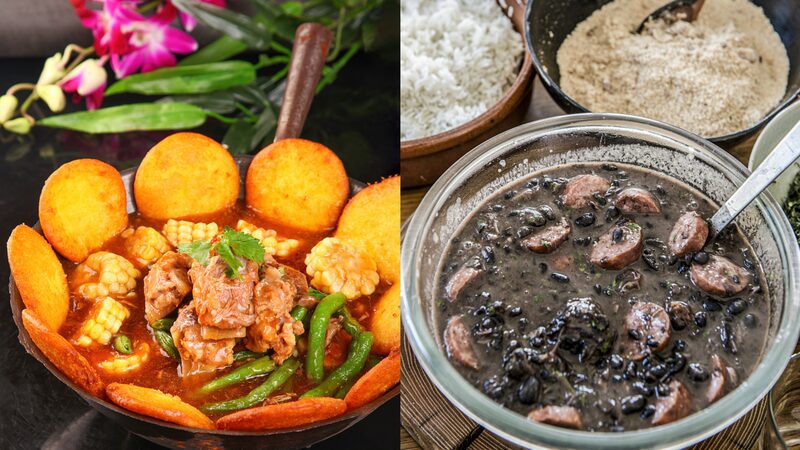In different parts of the world, cuisine serves as a window into understanding culture, tradition, and history. Two dishes that beautifully illustrate this are Northeastern China's Luandun Stew and Brazil's Feijoada. Despite originating from vastly different cultural backgrounds, these hearty stews share surprising similarities that highlight the universal language of food.
Luandun Stew: Originating from the northeastern region of China, Luandun Stew is a comforting dish known for its rich flavors and nutritious ingredients. Typically made with a variety of meats, vegetables, and a blend of local spices, this stew is a staple in household gatherings and festive occasions. The slow-cooking process ensures that each ingredient melds together, creating a harmonious balance of taste and aroma.
Brazilian Feijoada: On the other side of the globe, Brazil boasts Feijoada, a beloved black bean stew that has deep roots in Brazilian culture. Traditionally made with black beans, pork, and beef, Feijoada is often enjoyed with rice, farofa, and orange slices. Its origins trace back to Portuguese settlers and African slaves, making it a symbol of Brazil’s diverse cultural heritage.
Both Luandun Stew and Feijoada emphasize the use of locally sourced ingredients and the importance of communal eating. These dishes not only nourish the body but also foster a sense of community and belonging. The preparation methods highlight the significance of slow cooking, allowing flavors to develop fully and creating a dish that is both satisfying and memorable.
Moreover, these stews reflect the adaptability of traditional recipes to incorporate regional tastes and available ingredients. While Luandun Stew may feature ingredients specific to Northeastern China, Feijoada showcases the fusion of indigenous and imported elements that define Brazilian cuisine.
The similarities between Luandun Stew and Feijoada demonstrate how different cultures can create parallel culinary masterpieces that celebrate their unique identities while sharing universal themes of family, tradition, and flavor. Exploring such dishes offers a delicious way to appreciate the diverse yet interconnected world we live in.
Reference(s):
cgtn.com




